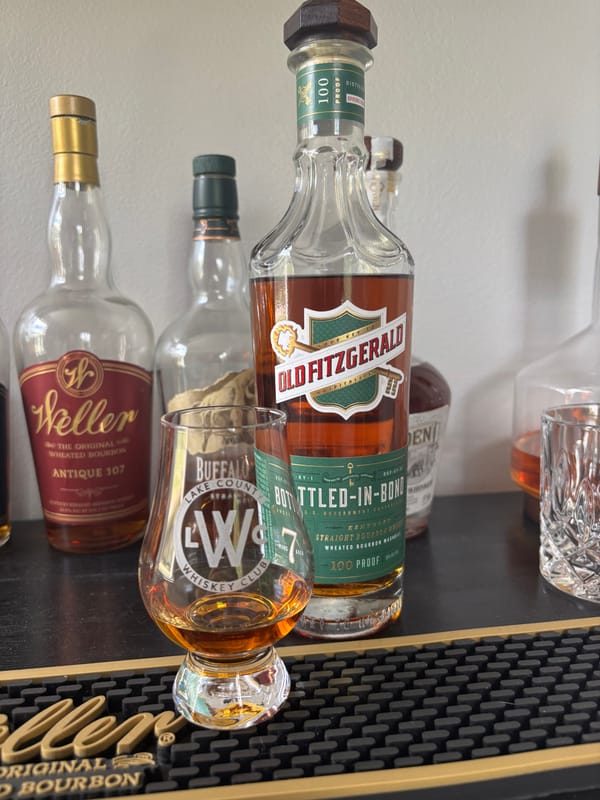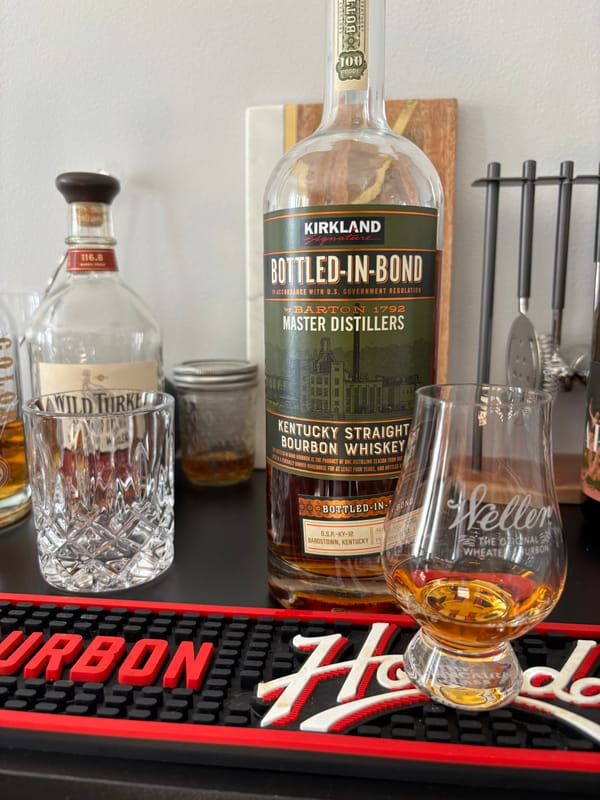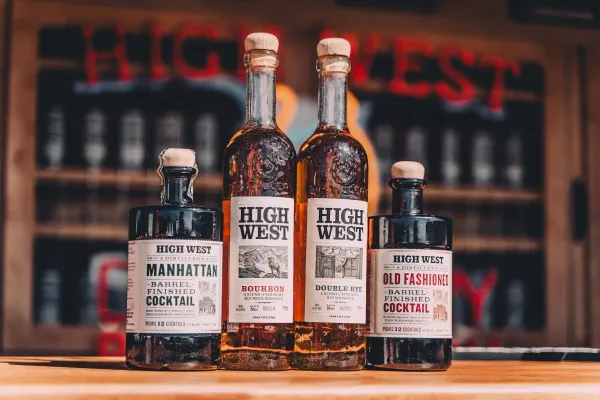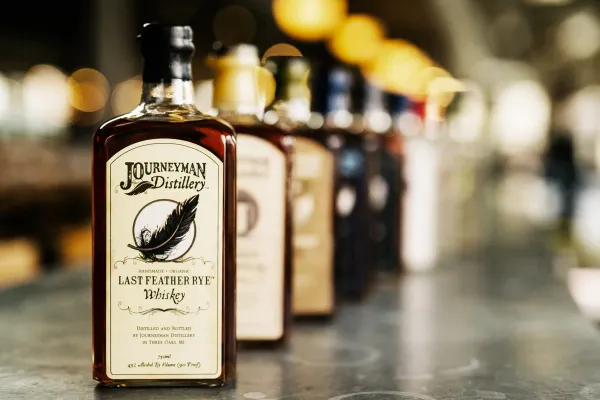Whiskey Barrel Cooperage Unveiled: The Craft You’ll Wish You’d Barreled Sooner

Barrel Cooperage: The Whiskey Art You Can’t Skip
Barrel cooperage isn’t just woodworking—it’s whiskey’s flavor sculptor, and if you don’t know how barrels are built, you’re missing the craft that shapes every sip. It’s pure science and skill. Here’s the unassailable truth about whiskey barrel cooperage, rooted in process and law, and why it’s your 2025 must-know.
What Is Whiskey Barrel Cooperage?
U.S. law mandates new charred oak barrels for bourbon, rye, and wheat whiskey—51% grain minimum, distilled to 160 proof max, barreled at 125 proof max, bottled at 80 proof minimum. Cooperage is the art of crafting these barrels—cutting, shaping, and charring oak staves—typically American white oak (Quercus alba)—into 53-gallon vessels. Every barrel’s build is whiskey’s backbone, no shortcuts allowed.
How Cooperage Shapes Whiskey
Oak logs are sawn into staves, air-dried 6-24 months to leach tannins, then precision-cut to form tight barrels—32-34 staves, bound with steel hoops, no glue or nails. Inside, they’re charred (15-55 seconds) to crack sugars and lignin, ready for spirit at 125 proof or less. Aging two-plus years—often four to eight—extracts vanilla, caramel, and spice—cooperage’s hand guides every flavor, no additives permitted.
What Cooperage Means for Your Sip
Tight-grained oak—well-coopered—yields smooth whiskey—bourbon’s corn sweetness or rye’s spice blends with oak’s vanilla depth. Poor cooperage leaks or sours—every sip’s richness rests on this craft, law ensures oak’s purity, no tampering shifts it.
Why Barrel Cooperage Matters in 2025
Cooperage is whiskey’s flavor forge—by 2025, grasping it could unlock every pour’s craft, from bold to balanced. It’s the truth in the staves—don’t miss its build.
Check out NEAT: Whiskey Finder—it’ll help you track down bourbon and whiskey near you





